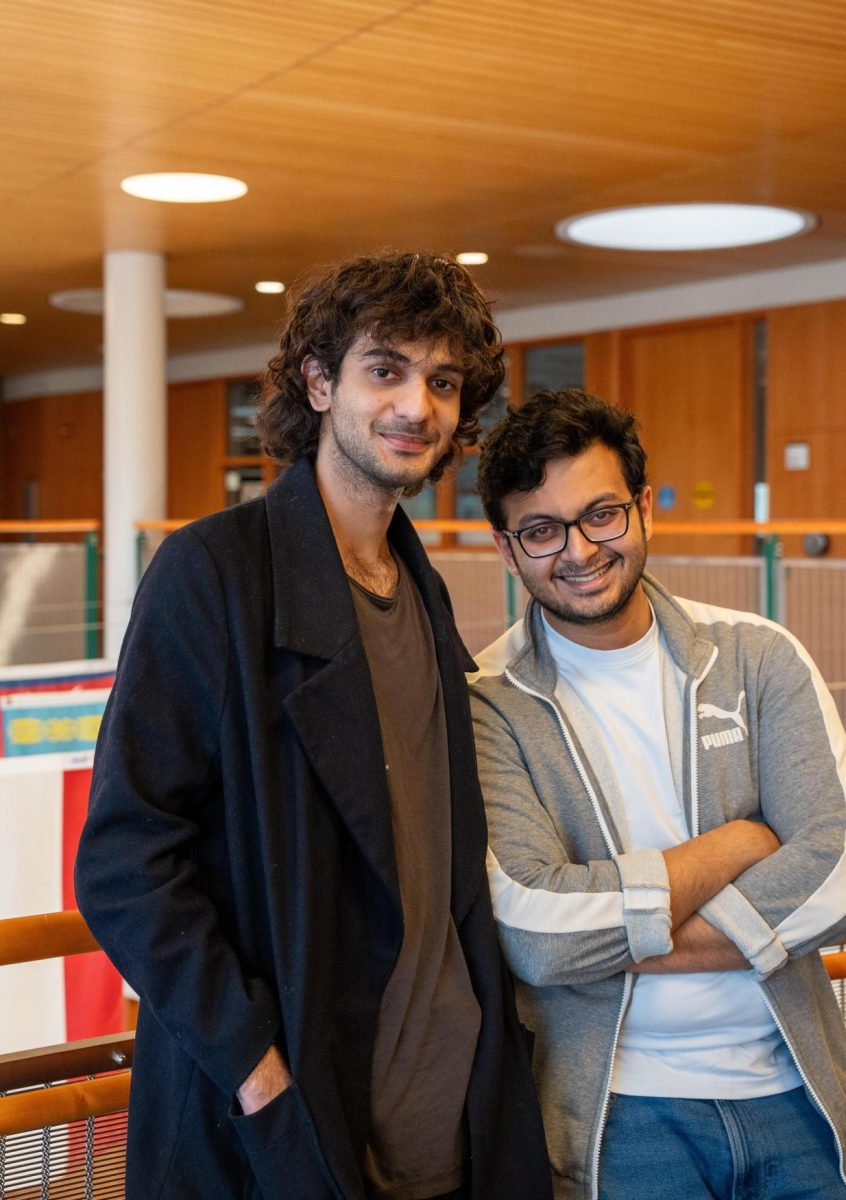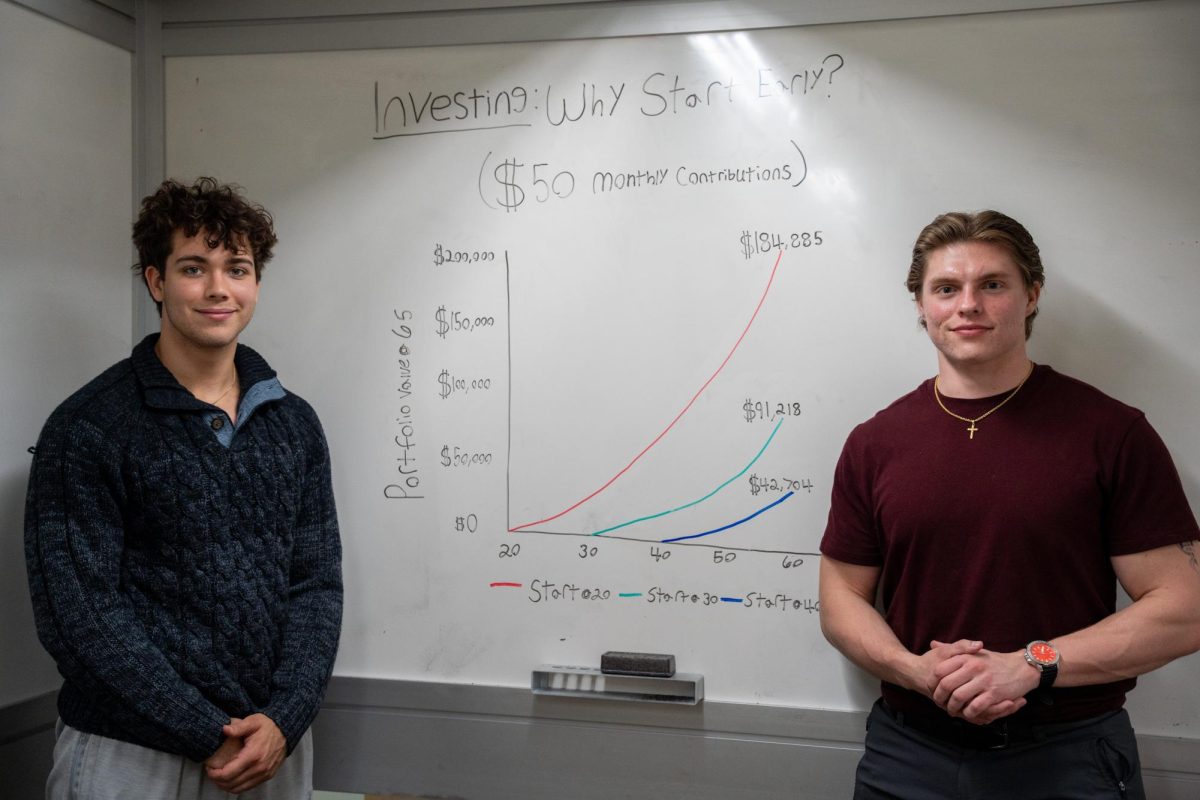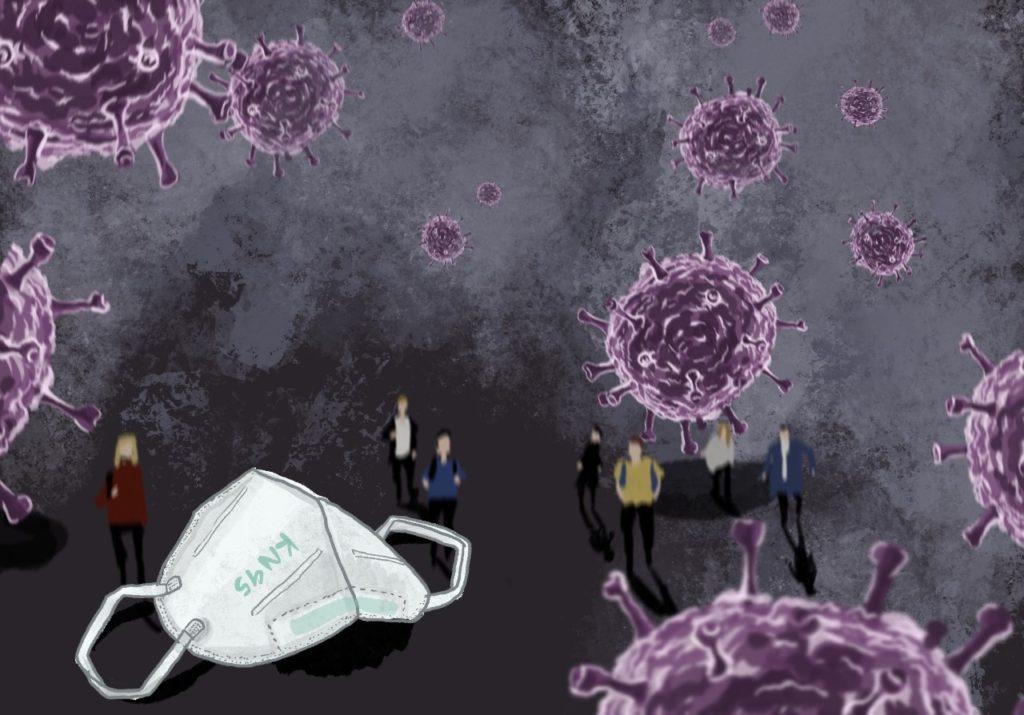As waves of COVID-19 swept the country over the past two years, schools districts across the U.S. have sent students home, moved to virtual learning models, moved to hybrid learning models, continued to use in-person instruction, sent students home again, mandated masks and not mandated masks. These districts have become the site of much political furor as the public health responses to COVID-19 polarize teachers and parents alike..
Now, as the Omicron variant of COVID-19 has once again led to increased infection across the country, many schools are struggling to find solutions that curb the spread of the pandemic and maintain an effective learning model for teachers, staff and families — and the Grinnell-Newburg School District is no different. On Jan. 26, the GNSD Board voted unanimously to remove the district’s mandatory masking policy in accordance with a lengthy litigation battle surrounding the legality of mask mandates in Iowa schools.
Since Iowa Gov. Kim Reynolds signed legislation banning mask mandates in public schools and across cities and counties in May 2021, disability advocacy and other public health and civil liberties groups have legally contested the order, arguing that it violates the rights of children with disabilities to an equal education.
Although a federal district judge issued a broad injunction blocking the legislation in September, a recent Eighth Circuit Court of Appeals decision apparently narrowed its scope.
The Eighth Circuit ruled that the lawsuit against Iowa’s ban on mask mandates should move forward, but that the state law could be enforced in schools that do not have children who require masking as a result of a disability.
Legal interpretations of this change have been conflicted. Many Iowa public schools have removed their mask mandates upon news of the court’s ruling in an effort to comply with state law.
Ritta Bettis Austen, legal director of the ACLU of Iowa, which joined in filing the lawsuit against the ban, said in a press release, “It’s important to note that the court’s reasoning also means that even schools that are not named in the lawsuit should be requiring masks when needed to accommodate students with disabilities so they can go to school with their peers.”
The Grinnell-Newburg School District previously mandated masks when the positivity rate in the 50112 area code was above 10 percent. If law changes again to permit enforcement of that mandate, it will be in effect as normal.
Laurel Tuggle Lacina, school board director of District One in the GNSD, said that her own background in public health and as an elected official meant that preserving the health of students and staff and representing the interests of the local community were sometimes difficult to reconcile, and required compromise.
Dr. Janet Stutz, superintendent of the GNSD, said, “Under the guidelines that are directed to us by the Department of Education, as well as by the government, our response to COVID right now is one of mitigation,” adding that schools have continued to implement regular cleaning, use of air purifiers and monitoring of cases in the district.
Stutz noted that although the district had a mask mandate when Omicron first became prevalent, enforcement was difficult, particularly at evening events and activities that involved visitors from other schools.
Now, the district requires employees who have been exposed to COVID-19 to mask according to CDC guidelines and vaccination status.
“Obviously students should follow that too. Sometimes, you know, it’s hard to know,” Stutz said.
Stutz said that in order to fulfill the school district’s obligation under federal law to provide “free appropriate public education,” also known as FAPE, to all, the district would review any cases of disability that require masking on a case-by-case basis.
However, Stutz said that the district had not yet received any requests for masking as a disability accommodation.
The CDC currently recommends masking for all individuals in K-12 schools, regardless of their vaccination status.
According to the GNSD’s COVID-19 dashboard, there have been 54 cases of students whose parents reported their COVID-positive test results since Jan. 1. The dashboard also notes that its data is likely to underrepresent current infections of employees and students in the GNSD.
The Iowa Department of Public Health recorded a 21.5 percent 14-day positivity rate in Iowa on Feb. 1, and its most recent 14-day average of positive tests in Poweshiek County was 17.2 percent; sharp increases from positive rates in December.
But as vaccines have become more available, some hope that Omicron’s effect on day-to-day life will decrease.
Professor Timothy Dobe, religious studies, who has two children in the GNSD, said he thinks that although there had been anecdotal evidence of COVID-19 infections, its spread seemed to have decreased in classrooms.
“With the decreased severity overall with Omicron, there is, even at the College, a sense that a positive test result means something different now than it meant before vaccines were so widespread,” he said.
How is Dobe feeling now? “I think exhausted?” he says. Exhaustion is a common theme.
“I think what’s going well is how resilient folks are,” Tuggle Lacina said. “Both students and staff are in our third year of this. One of the big challenges is just the fatigue of COVID.”
Stutz said that beyond the physical and emotional toll of the continuing spread of the pandemic, COVID-19 has led to serious staffing shortages in the district.
“We had one school where someone was exposed — nine teachers were exposed to somebody who was COVID-positive, right? So, boom, that takes out nine people out of that building for a while,” Stutz said.
At the Jan. 26 GNSD Board of Education meeting, Stutz added that the district may eventually need to shut down a school building if staffing shortages are not resolved.
“People are mentally and physically exhausted just because we’ve been constantly in crisis,” she said.
Stutz said that the district had been emphasizing social, emotional, and mental health. But, she said, “I’m hoping for an end in sight.”
“I’ve been doing this for 37 years,” Stutz said. “And this is probably the most challenging time I’ve seen in a long time.”



















































